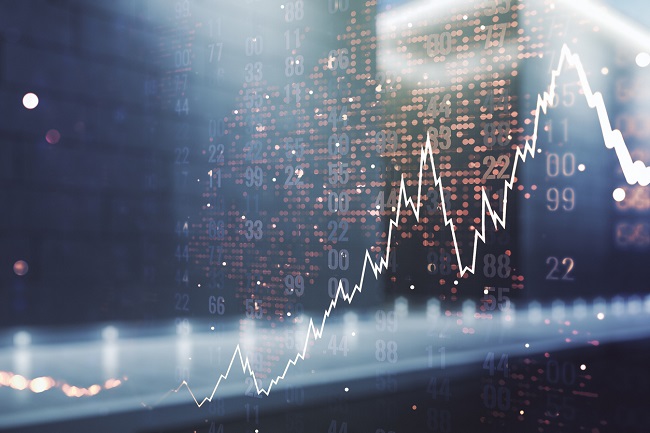
This article was first published in the National Post on January 7, 2023. It is being republished with permission.
by Tom Bradley
As we launch into 2023, it’s a good time to embed some lessons from the past two years into your investment process. I say “embed” because investors generally aren’t good at learning from past mistakes.
In a recent article, Morgan Housel, a partner at Collaborative Fund Management, made the distinction between cumulative and cyclical learning. The medical profession, which steadily builds on past successes and failures, fits in the former category. The investment world, not so much. It seems its lessons need to be relearned each cycle.
“Cyclical knowledge, and the inability to fully learn from others’ past experiences, means you have to accept a level of volatility and fragility not found in other fields,” Housel said. “I can imagine a world in 50 years where things like cancer and heart disease are either non-existent or effectively controlled. I cannot ever imagine a world where economic volatility is tamed and people stop making financial decisions they eventually regret.”
Ever the optimist, I’d like to think investors can shift experiences to the cumulative category from the cyclical. Here are a few you can draw upon when needed.
Mr. Market is whacko: We should never forget that markets are totally unpredictable. There’s no excuse for being surprised when stocks go up, sometimes by a lot, on seemingly bad news or down on positive news. The market is a complex organism driven by expectations of what may happen in the future to a multitude of economic and social factors. There should be no expectation of precision. Basing an investment strategy on a short- or even medium-term forecast is a mugs game.
It’s cyclical, stupid: Part of the unpredictability is because most aspects of investing are cyclical. It’s basic economics. Something that becomes popular attracts more capital, which pushes prices up and, in turn, increases supply. Higher prices ultimately lead to less demand. More supply and less demand are a bad combination. I recommend treating every trend as cyclical until proven otherwise.
We're not a bank.
Which means we don't have to communicate like one (phew!). Sign up for our Newsletter and Blog and join the thousands of other Canadians who appreciate the straight goods on investing.
Fear and greed: Another factor that makes stocks so volatile is human emotion. The degree to which investors are positive or negative has a huge impact on stock prices. If you can stand back from the charging herd and observe, however, investor sentiment is a useful risk-management tool. When everyone around you is being greedy, it’s time to be careful. When they’re fearful, well, you know.
Knowing that markets are unpredictable, cyclical and unduly volatile, what should you base your investment decisions on? What lessons should you accumulate? Here are three.
It’s all about profits: In our multimedia world of instant information (and gratification), we must remember that a company’s true worth ultimately comes down to its long-term ability to make a profit and pay dividends. Short-term news reflects the current situation (and influences investors’ mood), but often has little or no impact on the long-term outlook. Nor does an interesting pattern on a stock chart.
Valuation is the closest thing to gravity investors have: The price you pay for a security isn’t the only factor on how it does, but it’s the most important. The higher the price relative to its history, the lower the return. This applies to stocks, private investments and real estate. Investors who have a good sense of what a company is worth don’t blink at market volatility; they take advantage of it.
Trend versus trendy: Cellphones, online retailing, social media, black tights and ridesharing aren’t fads, but many market trends turn out to be. When looking for the next Apple, Amazon, Facebook, Lululemon or Uber, keep an eye out for the warning signs of a frothy fad.
For example: stories in the media about how much money people are making with no mention of profitability; valuations based on metrics such as eyeballs, likes, subscribers or square footage; a wave of new exchange-traded funds launched to capture the trend; and recommendations from your cab driver. But the No. 1 tipoff that it may not be sustainable: it seems too good to be true.
Last year was a tough one and shouldn’t be wasted. There are many lessons that deserve to be entrenched in your knowledge bank. You’re guaranteed to need them again, because successfully managing your portfolio through market extremes and bursting bubbles will contribute hugely to your long-term returns.

